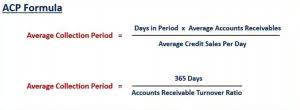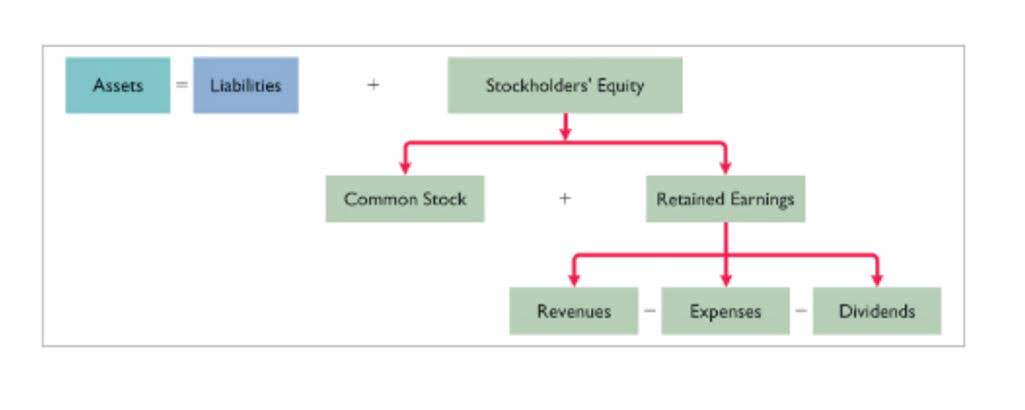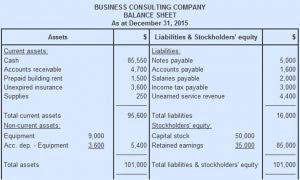
In economic growth, companies might take on more debt, raising D/E ratios. But, a high ratio, over 2.0, warns of financial danger and future funding issues. Looking at these ratios with industry and economic trends helps us make better investment choices. A lower D/E ratio means we’re financing more conservatively, which reduces financial https://luoiantoanhoaphatso1.vn/quickbooks-online-login-sign-in-to-access-your-2/ risk.

Asset To Equity Ratio Meaning

Typically, the market value almost always exceeds the book value of equity, barring unusual circumstances. The line items frequently grouped into the OCI category stem from investments in securities, government bonds, foreign exchange hedges (FX), pensions, and other miscellaneous items. Following a repurchase, such shares have effectively been retired and the number of outstanding shares decreases. Total Equity is a must-have for any business; it reflects how much of the company is owned.
Why Total Equity Matters in Business?
While traditional accounting focuses on the basics, understanding equity allows you to assess risks, evaluate financial health, and make informed choices. Whether you’re analyzing balance sheets, advising clients, or reviewing investments, mastering the calculation of equity strengthens your financial expertise. Total Equity is the value that QuickBooks would be returned to a company’s shareholders if all the assets were liquidated and all the company’s debts were paid off. It is calculated by subtracting total liabilities from total assets of the company.
- Total equity is a determinant for investors, creditors, and other stakeholders when evaluating a company’s financial stability and performance.
- The easiest way to purchase equity is by investing money in the relevant company’s stocks.
- A firm typically can raise capital by issuing debt (in the form of a loan or via bonds) or equity (by selling stock).
- Total equity shows the portion of the company’s assets that are owned outright by shareholders, which is crucial for evaluating ownership claims and control.
- It must be analyzed alongside debt levels and profit sustainability.
- For example, the utility sector often has higher d/e ratios because of its need for a lot of capital.
For Investors

By analyzing these components, total equity formula investors and stakeholders can gain a deeper understanding of the sources of a company’s equity and its overall financial position. Total Equity is used to calculate other financial ratios like Return on Equity and Debt-to-Equity Ratio. They help determine a company’s performance and risk profile, helping investors make decisions. Furthermore, stock repurchases, splits and accounting policies affect this metric. Investors should monitor changes in total equity over time to gain insight into a firm’s financial stability and growth potential. A consistent increase indicates success, whereas a decline may signal poor performance or excessive dividend payments.

Can a company operate without common equity?
The concept of equity originates from the accounting equation where assets equal liabilities plus equity. This foundational principle ensures a balance in the financial statements and helps stakeholders understand the net worth or book value of an entity. Total equity represents the residual interest in a company’s assets after all liabilities have been deducted.
- Figuring out total equity requires examining various types of assets owned by a company.
- By offering a tempered view of equity over time, it allows for a more nuanced understanding of a company’s financial trajectory.
- Retained earnings are the sum of the company’s cumulative earnings after paying dividends, and it appears in the shareholders’ equity section in the balance sheet.
- This essentially tells us the net worth of the company from the perspective of its shareholders.
- ROE is considered a measure of how effectively management uses a company’s assets to create profits.
- Total equity goes up as more investors join in, meaning more ownership and faith in the business.

Leave a Reply